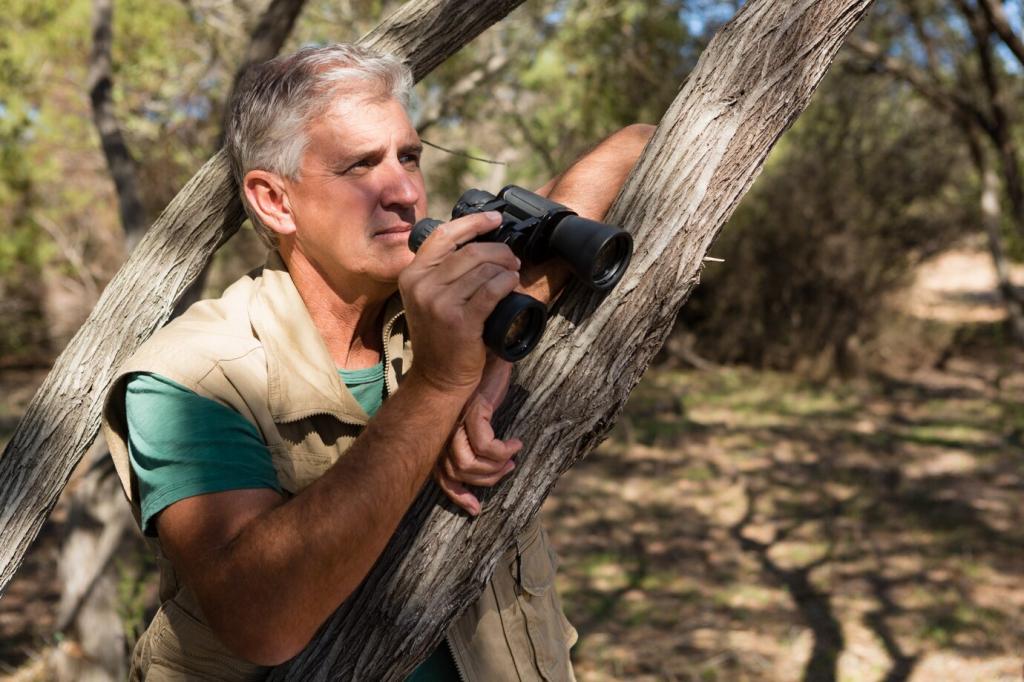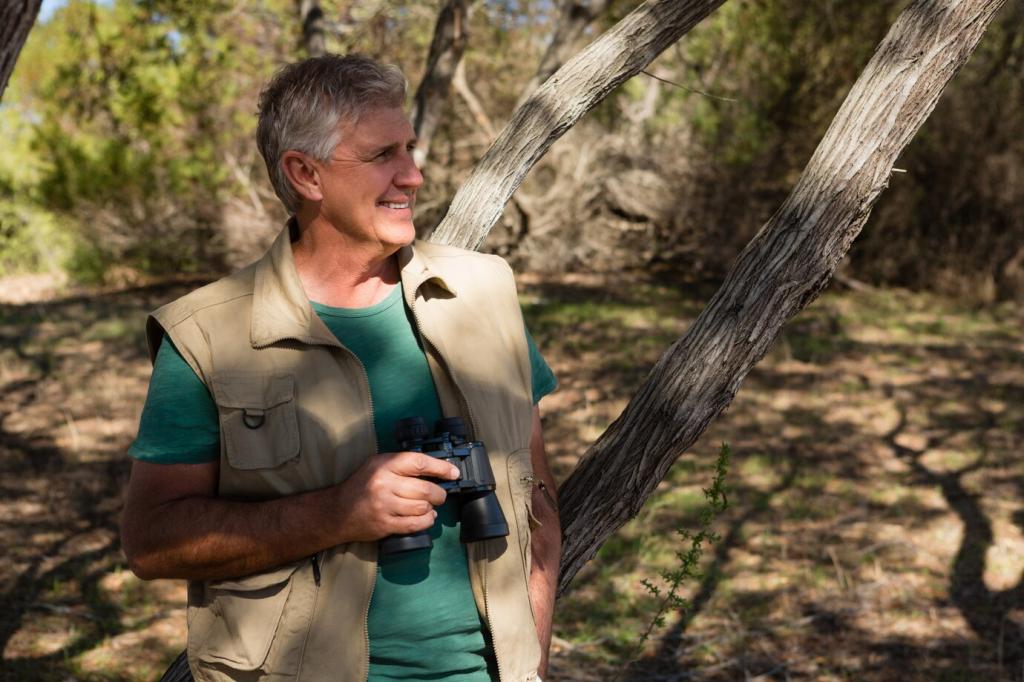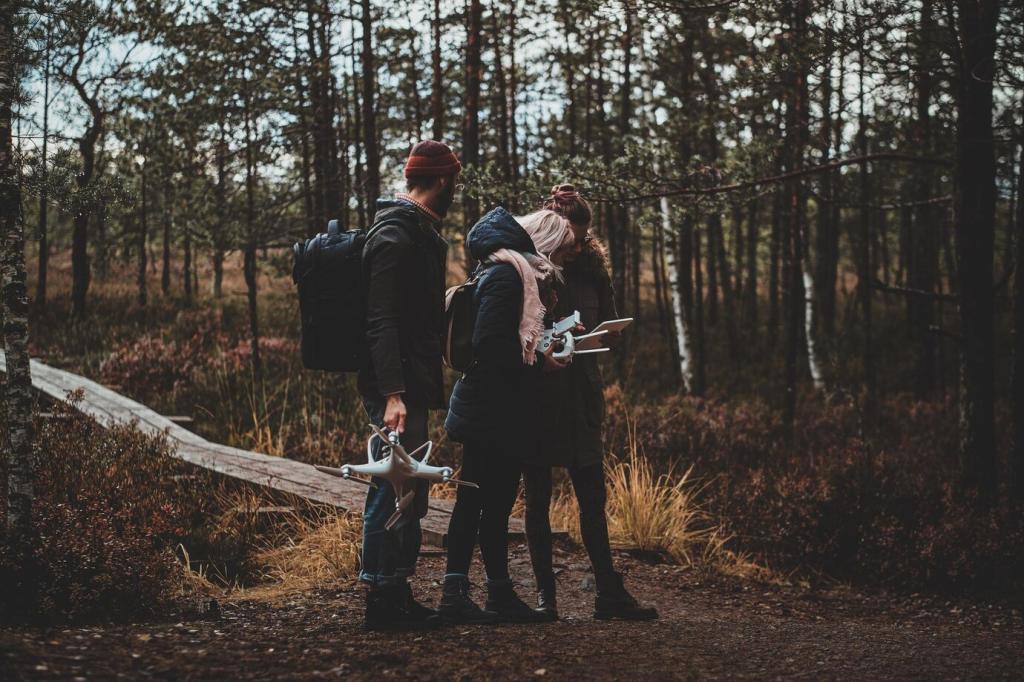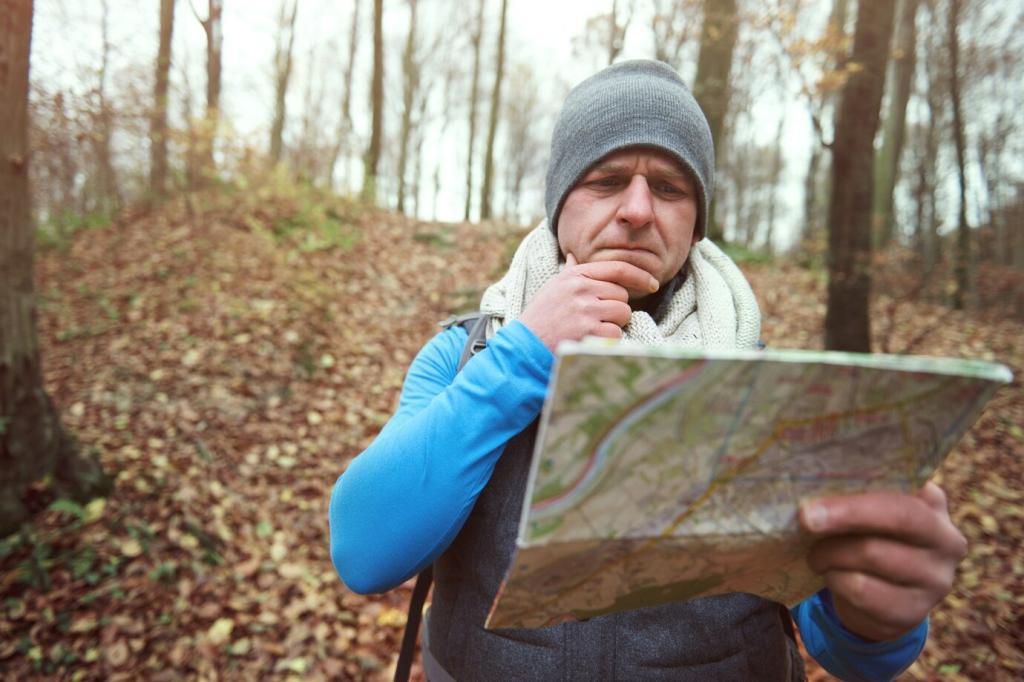Chosen Theme: Strategies for Reducing Wounded Animal Loss
Welcome to a practical, empathetic guide for conscientious hunters. Today’s chosen theme is Strategies for Reducing Wounded Animal Loss—actionable habits, fieldcraft wisdom, and community practices that lead to humane outcomes and successful recoveries. Join the conversation, subscribe for field-tested tips, and help make every encounter ethical and effective.



Practice with Purpose: Training That Reduces Lost Recoveries
Shoot with an elevated heart rate, timed decisions, and uneven footing. Wear gloves, backpacks, or layers you will use in season. Practicing discomfort reduces mistakes. Post your favorite stress drill to spark fresh ideas for our community training list.


Practice with Purpose: Training That Reduces Lost Recoveries
Practice from natural rests, treestands, blinds, and kneeling positions. Confirm point of impact after hikes and temperature changes. Trust comes from real-world reps. Share your pre-season checklist so others can adopt proven steps that elevate confidence and recovery odds.
Mark the Shot and the Last Visual
Pick a specific landmark where the animal stood and where you last saw it—stump, rock, broken branch. Drop a pin, hang flagging, or speak a voice note. Those references anchor your search. Comment with your best marking tactic and help others avoid confusion.
Wait the Right Amount of Time
Rushing a track pushes animals farther. Quietly replay the shot, assess impact sounds, and examine the arrow or area if safe. Patience increases bed-downs and short tracks. Share your timing rules to help new hunters avoid premature trailing mistakes.

This is the heading
Lorem ipsum dolor sit amet, consectetur adipiscing elit. Ut elit tellus, luctus nec ullamcorper mattis, pulvinar dapibus leo.

This is the heading
Lorem ipsum dolor sit amet, consectetur adipiscing elit. Ut elit tellus, luctus nec ullamcorper mattis, pulvinar dapibus leo.
Anticipate Travel Corridors
Wounded animals often follow edges: creek lines, benches, fence rows, or side hills offering cover and easy movement. Predict the path, then verify with sign. Share a quick sketch of your local terrain to crowdsource likely corridors with the community.
Water, Shade, and Security
Look for cool, secluded places where a stressed animal might rest—north-facing slopes, shaded thickets, or near water. Move quietly to avoid bumping. Tell us about a time this insight saved a search, and help others think more like trackers.
Use Wind and Sound Discipline
Approach from downwind, step carefully, and talk in whispers or not at all. Calm, controlled movement reduces push and preserves nearby sign. Subscribe to get our quiet-movement checklist for dense cover and crunchy leaf conditions.
Rain can wash sign, heat accelerates spoilage, and snow both reveals and hides. Adjust timing, call for help sooner, and document quickly. Share your weather-specific tactics so others can tailor their approach when conditions get tricky.
